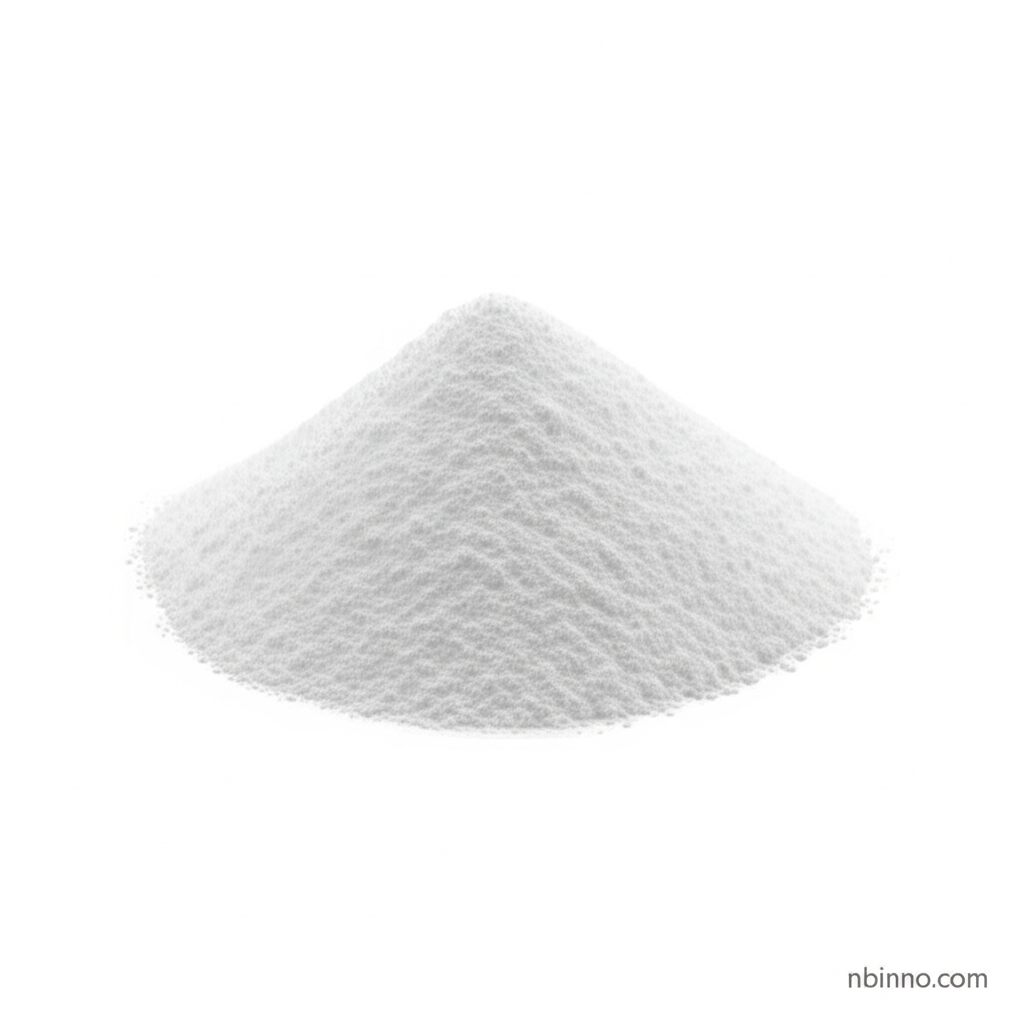4-Amino-3-bromo-2-chloropyridine: A Key Intermediate in Organic Synthesis
Exploring the synthesis, properties, and diverse applications of this vital chemical building block.
Get a Quote & SampleProduct Core Value

4-Amino-3-bromo-2-chloropyridine
This compound serves as a critical intermediate in organic synthesis, underpinning advancements in pharmaceuticals, agrochemicals, and specialty materials. Its unique chemical structure facilitates complex molecular assembly.
- Leveraging 4-Amino-3-bromo-2-chloropyridine synthesis expertise, we ensure high purity and yield for your projects.
- Discover the versatile properties of 4-Amino-3-bromo-2-chloropyridine for pharmaceutical intermediate manufacturing.
- Explore how chemical building blocks like this pyridine derivative are essential for novel drug discovery.
- Understand the role of halogenated organic synthesis in creating advanced chemical compounds.
Key Advantages
Versatile Reactivity
The compound's amino, bromo, and chloro groups offer distinct reaction sites, enabling selective transformations in complex organic synthesis.
Pharmaceutical Applications
As a crucial building block, it is instrumental in developing new therapeutic agents, including anti-tumor and anti-inflammatory drugs, highlighting its importance in pharmaceutical intermediate manufacturing.
Broad Chemical Utility
Its applications extend beyond pharmaceuticals to the synthesis of dyes and agrochemicals, showcasing its broad chemical utility as a foundational intermediate.
Key Applications
Pharmaceutical Synthesis
Crucial for developing novel drugs and active pharmaceutical ingredients, making it a cornerstone in medicinal chemistry research.
Agrochemical Development
Used in the creation of effective herbicides and pesticides, contributing to advancements in crop protection and agricultural efficiency.
Dye and Pigment Production
Serves as an intermediate in the synthesis of various dyes, contributing to the vibrant colorization of textiles and other materials.
Materials Science Research
Explored for its potential in creating advanced materials with specific properties, driven by its unique structural characteristics.
